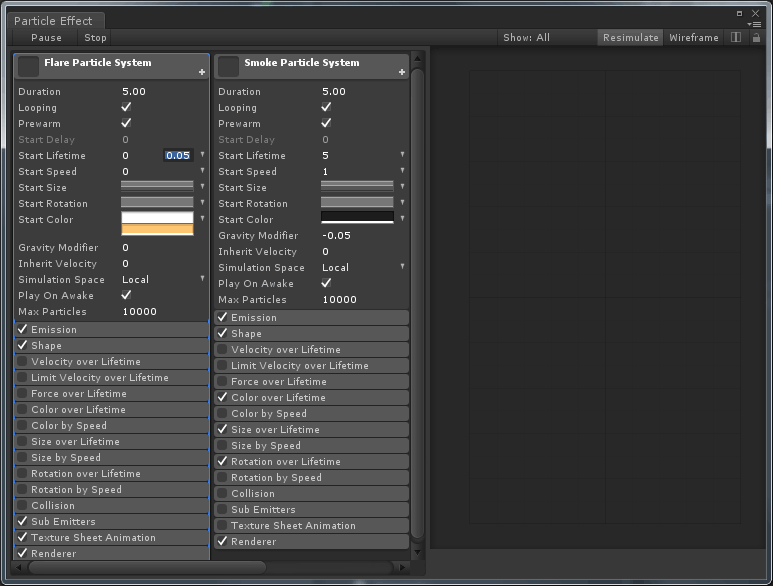Unity Snow Particle System Download

420b puff effect,420 snow fall, 419 snowflakes, 419,420 SnowyRetreat scene, 417 Splat,420, 421 Unity packages, 417 Unity's default particle system, 417,417f. Platform deployment App Store and Android Market publishing,475–476 console publishing,476 download direct to player, 476–477 self-publicity and tenacity,. Snow Effect with Particle System - Unity. Paul Carter Base Building Manuals. DSnow Effect with Particle System – Unity. Unity Account You need a Unity. You could use a small particle system to.
A particle system used to simulate a bomb explosion, created in. A particle system is a technique in,, and that uses a large number of very small,, or other graphic objects to simulate certain kinds of 'fuzzy' phenomena, which are otherwise very hard to reproduce with conventional rendering techniques - usually highly systems, natural phenomena, or processes caused by chemical reactions. Examples of such phenomena which are commonly replicated using particle systems include,,, moving (such as a ),,, falls,,,,, tails, and, or abstract visual effects like glowing trails, spells, etc. - these use particles that fade out quickly and are then re-emitted from the effect's source. Another technique can be used for things that contain many - such as,, and - involving rendering an entire particle's lifetime at once, which can then be drawn and manipulated as a single strand of the material in question.
Particle systems may be. Contents • • • • • • • Typical implementation [ ] Typically a particle system's position and motion in 3D space are controlled by what is referred to as an emitter. Wep Cracker For Windows 8. The emitter acts as the source of the particles, and its location in 3D space determines where they are generated and where they move to. A regular 3D mesh object, such as a cube or a plane, can be used as an emitter. The emitter has attached to it a set of particle behavior parameters.
Frontline Commando D Day Mod Apk Data more. These parameters can include the spawning rate (how many particles are generated per unit of time), the particles' initial velocity vector (the direction they are emitted upon creation), particle lifetime (the length of time each individual particle exists before disappearing), particle color, and many more. It is common for all or most of these parameters to be 'fuzzy' — instead of a precise numeric value, the artist specifies a central value and the degree of randomness allowable on either side of the center (i.e.